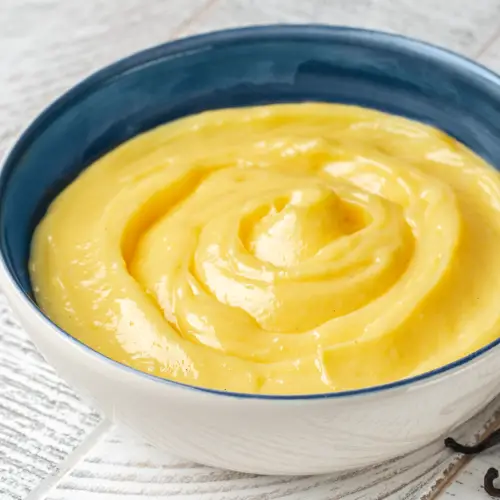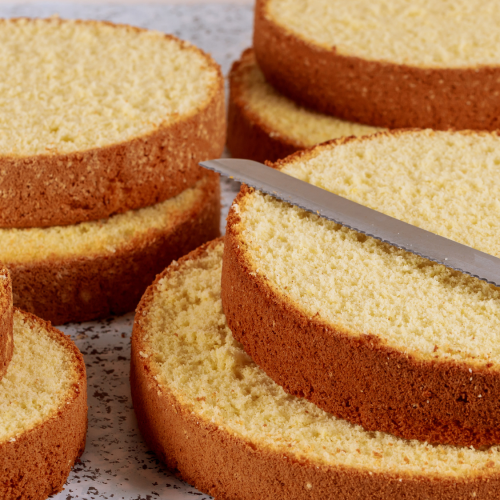Among the questions I frequently read, many are about the Sourdough Starter and the best way to manage it daily.
Sometimes, there are many questions we ask ourselves as we refresh the starter or face unexpected situations. So, I collected and answered your 10 most frequently asked questions about Sourdough Starter.
Let’s go and see then!
Table of Contents
I received the Sourdough Starter as a gift. How do I store it?
You can store the Sourdough wrapped in a cloth, tied up, or soaked in water. Both methods are widespread, but the second one is easier to manage, even for those with little experience. How to Store the Sourdough Starter
How many days should I refresh the Sourdough?
If you store your Sourdough at room temperature, refresh it daily. If you maintain it in the fridge, you can feed it every 5/7 days. Here’s how you can easily store your Sourdough at home
How do I store Yeast in Water?
First, refresh it (as usual) and soak it in a bowl of cold tap water (19°C -66°F). Then, you can store it at room temperature for 24 hours or in the refrigerator at +4°C (39°F) for 5/7 days. How to Store the Sourdough
My Levain is preserved in a pot. Can I change it into a Sourdough and store it in the water?
Yes, refresh by progressively decreasing the amount of water. Levain is usually fed equal water and flour (100% hydration). Starting from this ratio, decrease the percentage of water daily by 10% until you reach 30% (1kg of yeast + +1kg of flour + +300gr of water). Here, you can find how to change your Levain into Sourdough.
I’m storing Sourdough tied up. Can I keep it in the water?
Yes, soak it in water at 38°C (100°F) for about 20 minutes and then refresh the yeast with an equal weight of flour and 30% water over the flour’s weight (1kg yeast +1kg flour + 300 g water). Once ready, soak it in cold tap water and keep it for 24 hours at room temperature. The next day, you will start with the usual refreshments.
Is it better to store Sourdough tied up or in the water?
Storing Sourdough in the water is more manageable. It allows you to control its acidity better (because it is dissolved in the water).
How much water should I soak the Sourdough?
The ideal proportion is for the water to be about 3 times the amount of Sourdough. Thus, soak 1kg of Sourdough in 3 liters of water.
How can I measure the pH of the Sourdough?
Measuring pH is not useful because the data we read in the pH meter will be the sum of the 2 acidities: lactic (produced by lactic acid bacteria) and Acetic (created mostly by yeast). The critical factor is the proportion between the 2 acidities. We could have a sourdough with a correct global acidity (e.g., pH 4) but with an excessive lactic or acetic acidity. If you want to know how to fix your Sourdough, look at this page.
Can I knead the Sourdough Starter without a Stand Mixer?
You will need a little more strength to work the dough!
What is the difference between Sourdough and the liquid sourdough starter (Levain) stored in a jar?
The Liquid Sourdough Starter (LEVAIN) is much easier to manage and refresh than traditional Sourdough. However, it has a much lower “leavening power.” For this reason, it is suitable for use in “lean” doughs such as bread, pizza, or some pastries with little fat, such as croissants.
When should you choose sourdough versus Levain, Biga, or yeast? Find out in our complete comparison.
























45 comments about “Le vostre 10 Domande più frequenti sul Lievito Madre”
Buongiorno, vorrei un consiglio, dopo un lungo periodo di problemi vari vorrei riprendere la mia pasta madre, è rimasta in frigo, chiusa ermeticamente, senza rinfreschi per due anni. È possibile riprenderlo o potrebbe essere nocivo? Intanto ho appena fatto il primo rinfresco prendendo solo una piccolissima parte dal cuore.
Ciao Angela,
qui serve proprio una rimessa in forma 🙂
Tentare non nuoce! Il lievito sarà sicuramente inacidito, per cui saranno necessarie alcune settimane per tornare alla normalità.
ti consiglio di dare un’occhiata al mio articolo SOS Lievito in cui ti spiego cosa fare per riportare in forma il lievito!
Fammi sapere!
A presto
Ciao, il mio licoli ha circa tre mesi. Non ho ancora ben capito in che proporzioni utilizzarlo x fare la pizza e il pane. Inoltre, una volta incorporato agli ingredienti, il tempo di riposo dell’ impasto è differente dall’uso del lievito secco, ad esempio? Grazie mille
Ciao Elena,
puoi usarlo in ragione variabile dal 20% al 100% del peso della farina usata nella ricetta. Per un uso medio puoi stare su 250gr/300gr di Licoli per 1kg di farina
Dai pure un’occhiata a questo articolo: COME USARE IL LICOLI
A presto!
Buongiorno, ho letto in ritardo i vostri stupendi articoli. Purtroppo ho fatto da 2 settimane il mio lievito madre, ho usato la farina di semola rimacinata. Il lievito è venuto benissimo, ma usandolo per pane e pizza il risultato è veramente molto acido. Ho letto da voi che forse potrebbe essere la farina di semola rimacinata, posso cambiare farina ora e rinfrescarlo con la farina 0? Grazie infinite per il vostro aiuto
Ciao Taddy,
mi fa molto piacere che Biancolievito ti piaccia!
Ti rispondo in ritardo, ma ti consiglio di inziare da zero con la farina giusta!
A presto!